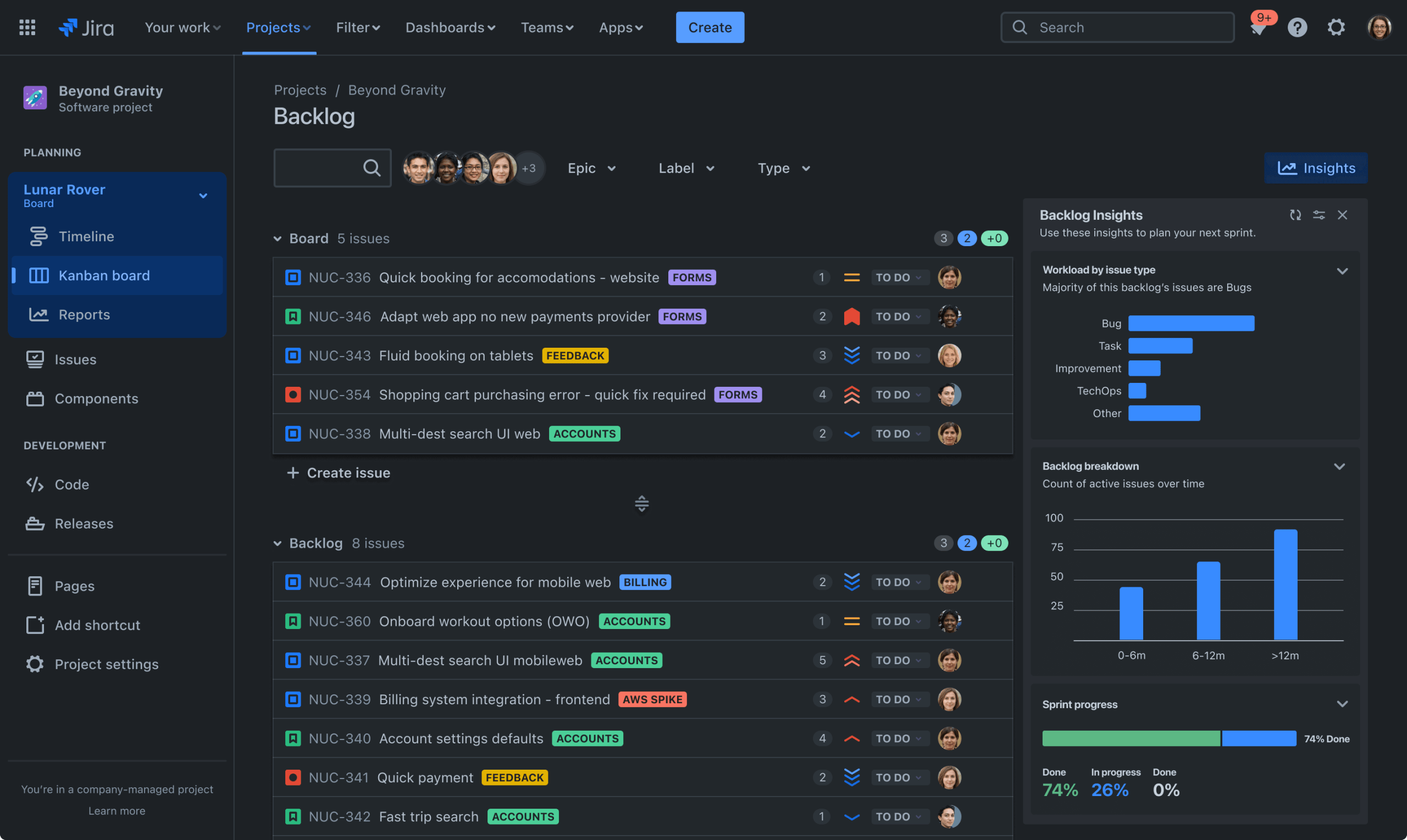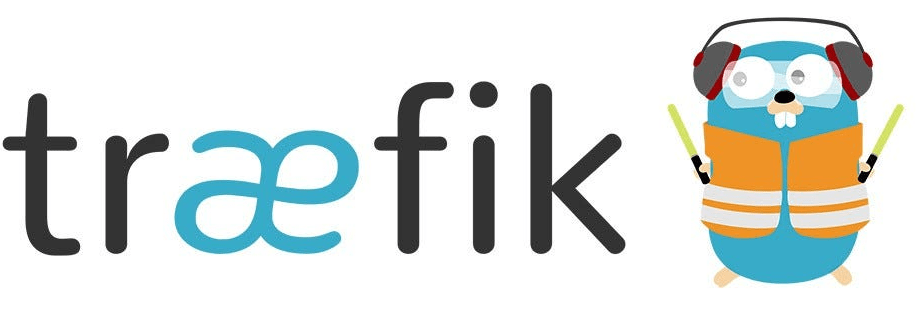The Hidden Complexity Behind “Simple” Cloud Tools
While millions of users seamlessly create tickets in Jira or collaborate in Confluence, few realise they’re interacting with one of the most sophisticated multi-tenant architectures ever built. Atlassian’s cloud platform serves over 200,000 customers across 13 AWS regions, managing millions of databases and processing billions of requests daily. But here’s what’s truly remarkable: this entire ecosystem runs on a foundation of microservices that most enterprise architects would consider impossible to scale.
The journey from a simple issue tracker to a global cloud platform reveals fundamental truths about modern enterprise software architecture that every CTO should understand. Unlike traditional enterprise software that scales vertically, Atlassian had to solve the unique challenge of serving customers ranging from 5-person startups to Fortune 500 companies—all from the same infrastructure.
What You’ll Learn About Enterprise Cloud Architecture
This deep-dive will reveal how Atlassian’s engineering team solved the multi-tenancy puzzle, why they chose one database per tenant over shared databases, and how their “Micros” platform-as-a-service enables rapid deployment of new features. You’ll discover the specific technologies powering their 99.9% uptime, from PostgreSQL sharding strategies to their observability stack, and learn actionable insights for your own enterprise architecture decisions.
Most importantly, you’ll understand why their approach—while complex—delivers the performance, security, and scalability that enterprise customers demand, and how you can apply similar principles to your own cloud-native applications.
The Multi-Tenancy Challenge: Why One Size Doesn’t Fit All
Traditional enterprise software follows a simple model: one application, one database, one customer. But when you’re serving 200,000+ customers with vastly different needs, this approach breaks down completely. Atlassian faced a unique challenge: how do you build a platform that can handle both a 5-person startup’s simple project management needs and a Fortune 500 company’s complex enterprise workflows?
The answer lies in their revolutionary approach to multi-tenancy. Unlike most SaaS platforms that use shared databases with tenant isolation at the application layer, Atlassian chose a more radical path: one database per tenant. This decision, while seemingly counterintuitive, enables them to provide true data isolation, independent scaling, and custom configurations per customer.
Consider the implications: with millions of Jira tenants, Atlassian manages millions of PostgreSQL databases. Each customer’s data—every issue, project, workflow, and custom field—lives in its own isolated database. This approach provides several critical advantages that shared-database architectures simply cannot match.
First, data isolation becomes absolute. There’s no risk of data leakage between tenants, no shared resource contention, and no “noisy neighbour” problems where one customer’s heavy usage affects another’s performance. Second, scaling becomes predictable and linear—each tenant can be moved to more powerful hardware as their needs grow, without affecting others.
But perhaps most importantly, this architecture enables Atlassian to offer custom configurations and workflows that would be impossible in a shared-database model. A startup can use the default Jira configuration, while a large enterprise can have completely custom fields, workflows, and integrations—all running on the same platform.
The Microservices Foundation: Building for Scale and Agility
Atlassian’s cloud platform isn’t just multi-tenant—it’s built on a sophisticated microservices architecture that enables rapid innovation and independent scaling. Each product (Jira, Confluence, Bitbucket, etc.) consists of dozens of containerized microservices, orchestrated either by Kubernetes or Atlassian’s proprietary “Micros” platform-as-a-service.
The choice between Kubernetes and Micros isn’t arbitrary—it’s strategic. Kubernetes handles the complex orchestration of stateless services, while Micros provides higher-level abstractions for common platform capabilities. This dual approach allows teams to choose the right tool for their specific needs while maintaining consistency across the platform.
Each microservice is written in one of three standardised tech stacks: Java/Kotlin with Spring Boot, Node.js with Express, or Python with appropriate frameworks. This polyglot approach enables teams to choose the best language for their specific domain while maintaining consistency through shared libraries and design patterns.
The frontend architecture reflects this microservices approach. Built with React and TypeScript using Atlassian’s Atlaskit design system, the UI components are served via server-side rendering for fast initial load times. This hybrid approach combines the performance benefits of SSR with the interactivity of modern JavaScript frameworks.
What makes this architecture particularly powerful is the shared platform services that all products leverage. These include request routing, multi-tenant context management, authentication and authorisation, binary object storage, transactional user-generated content stores, data lakes, common logging, request tracing, and observability services.
The Data Layer: PostgreSQL at Enterprise Scale
At the heart of Atlassian’s architecture lies a sophisticated data layer built on PostgreSQL, but not as you might expect. Rather than using a single massive database or even database sharding, Atlassian maintains one database per tenant—millions of them, spread across about 3,000 PostgreSQL servers in 13 AWS regions worldwide.
This approach, while seemingly complex, provides several critical advantages for enterprise customers. First, it ensures absolute data isolation—there’s no possibility of data leakage between tenants, and each customer’s data can be encrypted with their own keys. Second, it enables independent scaling—a large enterprise can be moved to more powerful hardware without affecting smaller customers.
The databases run on AWS RDS for PostgreSQL or AWS Aurora PostgreSQL, with multi-AZ deployments for high availability. Each database is automatically backed up and can be restored independently, providing granular disaster recovery capabilities that shared-database architectures cannot match.
For performance, Atlassian uses multiple layers of caching. In-memory caches (Redis/Memcached) provide sub-millisecond access to frequently accessed data, while the database layer handles complex queries and transactions. This multi-tier approach ensures that even the most demanding enterprise workloads can be served efficiently.
The data architecture also includes sophisticated analytics capabilities. Data lakes built on Snowflake and Socrates collect analytics and logs from across the platform, enabling Atlassian to provide insights to customers while maintaining their privacy and security.
Infrastructure and DevOps: AWS at Global Scale
Atlassian’s infrastructure spans 13 AWS regions worldwide, with each region containing multiple availability zones for redundancy and disaster recovery. This global footprint ensures that customers can choose the region closest to their users, minimising latency and ensuring compliance with data residency requirements.
The platform uses AWS CloudFormation to deploy containers and shared services, with automated CI/CD pipelines powered by Spinnaker and Artifactory. Deployments are automated per microservice, enabling teams to release new features independently without affecting other services.
Observability is built into every layer of the platform. Splunk handles logging, SignalFx manages metrics and time-series data, LightStep provides distributed request tracing, and Sentry aggregates errors. This comprehensive observability stack enables Atlassian to maintain 99.9% uptime while providing detailed insights into system performance.
Feature flags, managed through LaunchDarkly, enable gradual rollouts and instant rollbacks. This capability is crucial for a platform serving millions of users—new features can be tested with a small subset of customers before being rolled out globally.
The multi-tenant context service is perhaps the most critical component of the entire architecture. This service routes each customer request through the appropriate tenant context, ensuring that data isolation is maintained at the application layer. This design balances performance with the need to serve millions of customers securely and efficiently.
Implementation Insights: What This Means for Your Enterprise
Atlassian’s architecture provides several key insights for enterprise software development. First, the choice of one database per tenant, while complex, provides benefits that shared-database architectures cannot match. For enterprise customers, this means better security, compliance, and customisation capabilities.
Second, the microservices approach enables rapid innovation while maintaining stability. Teams can develop and deploy new features independently, without the coordination overhead of monolithic architectures. This is particularly valuable for large organisations with multiple development teams.
Third, the comprehensive observability stack is essential for maintaining reliability at scale. Enterprise customers expect 99.9% uptime, and this can only be achieved with detailed monitoring and alerting across all system components.
Finally, the global infrastructure approach ensures that enterprise customers can choose the right region for their needs, whether for performance, compliance, or disaster recovery requirements.
Next Steps: Applying These Principles to Your Architecture
If you’re considering a similar architecture for your enterprise software, start by evaluating your multi-tenancy requirements. Do you need the absolute data isolation that Atlassian provides, or would a shared-database approach with application-level isolation suffice?
Next, consider your microservices strategy. While Atlassian’s approach is sophisticated, it requires significant operational overhead. Start with a smaller number of well-defined services and expand gradually as your team’s operational capabilities grow.
Finally, invest in observability from day one. The monitoring and alerting capabilities that Atlassian has built are essential for maintaining reliability at scale, and they’re much easier to implement correctly from the beginning than to retrofit later.
Atlassian’s architecture demonstrates that it’s possible to build enterprise-grade software that scales to millions of users while maintaining the flexibility and innovation capabilities that modern businesses demand. The key is making the right architectural decisions early and building the operational capabilities to support them.
Sources:



